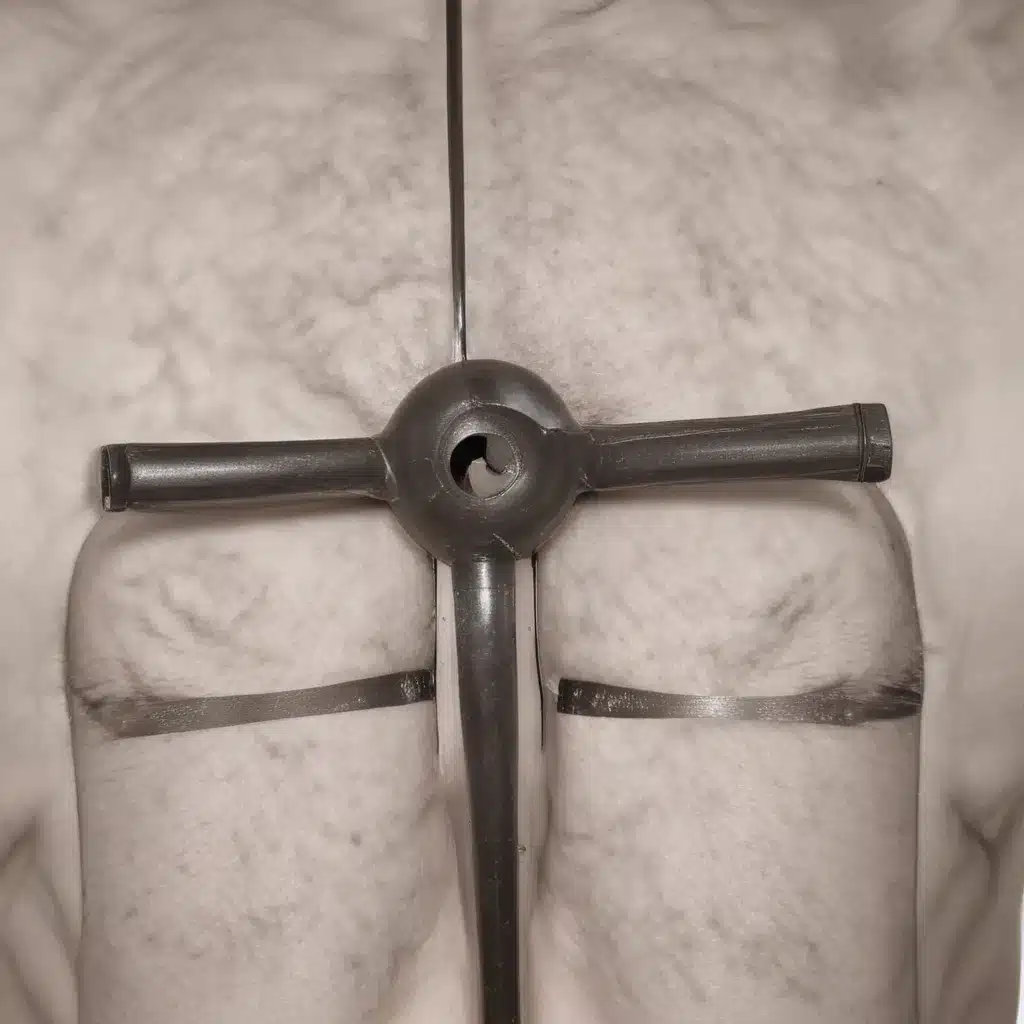
Understanding Indirect Treatment Comparisons in Meta-Analysis
Healthcare professionals and patients often face decisions between two treatment options that have never been directly compared in clinical trials. This is a common scenario where standard pairwise meta-analysis falls short, as it relies on having head-to-head trials between the interventions of interest. Fortunately, statistical methods exist to perform indirect comparisons between treatments when direct evidence is lacking.
The foundation for indirect comparisons in meta-analysis was established by Bucher et al.1 Their method addresses the situation where two treatments (let’s call them B and C) have each been compared to a common control treatment (A) in separate trials, but there are no direct trials comparing B and C head-to-head.
The key to Bucher’s technique is that the variance used to calculate the confidence interval of the indirect comparison B versus C is equal to the variance of the direct comparison A versus B plus the variance of the comparison A versus C. This allows us to derive an indirect estimate of the relative effect between B and C, even in the absence of a direct comparison.
Implementing Bucher’s Method: A Simple Excel Tool
To make these indirect comparison calculations more accessible, we have developed a user-friendly Excel spreadsheet that can perform the necessary computations. This tool is designed to facilitate the practical application of Bucher’s method, allowing researchers and clinicians to easily generate indirect treatment effect estimates and their corresponding confidence intervals.
Note: This Excel tool is intended to be used under the guidance of someone with meta-analysis expertise, preferably a statistician. While the calculations are straightforward, the interpretation and assessment of the underlying assumptions require specialized knowledge.
Transitivity Assumption and Assessing Certainty of Evidence
For the indirect comparison to be valid, the assumption of transitivity must be met. This means that the A versus B and A versus C trials should not differ significantly with respect to potential effect modifiers, such as the age of participants or the treatment regimens in the shared arm (A) and arms B and C.
While statistical tests for violations of transitivity are not possible with small networks (like the simple A-B-C network we’re discussing), we can assess this assumption by checking that the key study characteristics are broadly similar across the trials.
It’s also crucial to assess the certainty of evidence for the indirect comparison. This is influenced by the internal biases of the individual trials, as well as the level of heterogeneity observed in the pairwise meta-analyses used as the direct effect estimates. If there is significant heterogeneity in these meta-analyses, a random effects model should be used to avoid underestimating the uncertainty in the direct estimates, which will, in turn, reduce the certainty of the indirect comparison.
Using the Excel Tool: A Worked Example
Let’s walk through a real-world example to demonstrate the practical application of the Excel tool.
This example is drawn from a Cochrane review on techniques to preserve donated livers for transplantation.8 The review found that both cold and warm machine perfusion have been compared to the standard of care (“ice-box storage”) in several randomized trials. However, there were no direct trials comparing cold and warm machine perfusion.
After carefully assessing the transitivity assumption and finding no significant differences between the trials, the authors deemed it appropriate to perform an indirect comparison using Bucher’s method.
Figure 1 shows how the output of the standard pairwise meta-analyses for graft survival can be entered into the Excel tool. The resulting indirect hazard ratio for cold versus warm machine perfusion is 0.38 (95% CI 0.11 to 1.25, p=0.11).

As discussed earlier, it’s essential to assess the certainty of evidence for this indirect comparison, which cannot be higher than the certainty of evidence for each of the two direct comparisons. In this case, the Cochrane review deemed the indirect comparison to be low-certainty evidence.
Advantages and Limitations of Bucher’s Method
The Bucher method is a simple and effective technique for performing indirect comparisons in the specific scenario where there are two treatments (B and C) each compared to a common control (A), but no direct head-to-head trials. This approach is recommended by the Cochrane Handbook for such network structures.12
The key advantages of Bucher’s method are its simplicity and the fact that it generates results identical to more complex network meta-analysis (NMA) techniques for this simple network. This makes it a practical and accessible option for researchers and clinicians.
However, for more complex networks with multiple treatments and comparisons, the Bucher method may not be sufficient, and more sophisticated NMA techniques should be applied. These advanced methods, implemented in software like Stata, R, and open-source applications, can handle a wider range of network structures and provide additional insights, such as the ranking of treatments.13-17
Conclusion: Unlocking the Power of Indirect Comparisons
Indirect treatment comparisons are a valuable tool for healthcare decision-making when direct evidence is lacking. Bucher’s method provides a straightforward approach to deriving these indirect estimates, and the Excel tool we’ve presented makes it accessible for researchers and clinicians alike.
By leveraging indirect comparisons, healthcare professionals can better understand the relative merits of different treatment options, even in the absence of head-to-head trials. This can inform clinical practice, guideline development, and ultimately improve patient outcomes.
Remember, when using this tool, it’s crucial to carefully assess the transitivity assumption and the certainty of the evidence. These indirect comparisons should always be conducted under the guidance of a meta-analysis expert to ensure the validity and appropriate interpretation of the results.
Visit our IT Fix blog for more practical tips and in-depth insights on technology, computer repair, and IT solutions.












